Small Cream Corelle Plate With Blue Leaf Border & White Flowers: 128 ppm Lead
Small Corelle Plate With Blue Leaf Border & White Flowers.
Date of manufacture, c. 1978 – 1993
To see more Corelle pieces I have tested, Click HERE.
I took some of the photos against a white background cloth so you can better see that the plate is a cream colored glass, not a white glass. This plate has a very low level of lead and would fall in the range of “Lead Safe”.
For a pretty Lead-free & Cadmium-free option, Click HERE.*
Tests were done for at least 60 seconds each.
White Flowers On Decorative Edge:
- Lead (Pb): 128 +/- 19 ppm
- Cadmium (Cd): Non-Detect / Negative
- Mercury (Hg): Non-Detect / Negative
- Arsenic (As): Non-Detect / Negative
- Barium (Ba): 262 +/- 54 ppm
- Chromium (Cr): Non-Detect / Negative
- Antimony (Sb): Non-Detect / Negative
- Selenium (Se): Non-Detect / Negative
- Zinc (Zn): 2,328 +/- 116 ppm
- Copper (Cu): 96 +/- 40 ppm
- Nickel (Ni): Non-Detect / Negative
- Iron (Fe): Non-Detect / Negative
- Bismuth (Bi): 91 +/- 17 ppm
- Vanadium (V): 3,794 +/- 221 ppm
- Titanium (Ti): 37,300 +/- 1,400 ppm
- Zirconium (Zr): 3,121 +/- 90 ppm
- Cobalt (Co): Non-Detect / Negative
Blue Leaves On Decorative Edge:
- Lead (Pb): Non-Detect / Negative
- Cadmium (Cd): Non-Detect / Negative
- Mercury (Hg): Non-Detect / Negative
- Arsenic (As): Non-Detect / Negative
- Barium (Ba): 173 +/- 43 ppm
- Chromium (Cr): Non-Detect / Negative
- Antimony (Sb): Non-Detect / Negative
- Selenium (Se): Non-Detect / Negative
- Zinc (Zn): 1,366 +/- 72 ppm
- Copper (Cu): Non-Detect / Negative
- Nickel (Ni): 345 +/- 71 ppm
- Iron (Fe): 487 +/- 123 ppm
- Bismuth (Bi): 61 +/- 13 ppm
- Vanadium (V): 2,364 +/- 156 ppm
- Titanium (Ti): 19,700 +/- 700 ppm
- Indium (In): 20 +/- 9 ppm
- Zirconium (Zr): 2,343 +/- 59 ppm
- Cobalt (Co): 933 +/- 104 ppm
To learn more about XRF testing, Click HERE.
Plain Cream Colored Center of Plate
- Lead (Pb): Non-Detect / Negative
- Cadmium (Cd): Non-Detect / Negative
- Mercury (Hg): Non-Detect / Negative
- Arsenic (As): Non-Detect / Negative
- Barium (Ba): Non-Detect / Negative
- Chromium (Cr): Non-Detect / Negative
- Antimony (Sb): Non-Detect / Negative
- Selenium (Se): Non-Detect / Negative
- Zinc (Zn): Non-Detect / Negative
- Copper (Cu): Non-Detect / Negative
- Nickel (Ni): 198 +/- 74 ppm
- Iron (Fe): 332 +/- 135 ppm
- Bismuth (Bi): Non-Detect / Negative
- Vanadium (V): 78 +/- 24 ppm
- Titanium (Ti): 95 +/- 30 ppm
- Zirconium (Zr): 1,576 +/- 49 ppm
Logo Area (Back of Plate):
- Lead (Pb): 112+/- 17 ppm
- Cadmium (Cd): Non-Detect / Negative
- Mercury (Hg): Non-Detect / Negative
- Arsenic (As): Non-Detect / Negative
- Barium (Ba): Non-Detect / Negative
- Chromium (Cr): 310 +/- 117 ppm
- Antimony (Sb): Non-Detect / Negative
- Selenium (Se): Non-Detect / Negative
- Zinc (Zn): 332 +/- 40 ppm
- Copper (Cu): Non-Detect / Negative
- Nickel (Ni): 157 +/- 71 ppm
- Iron (Fe): 828 +/- 164 ppm
- Indium (In): Non-Detect / Negative
- Bismuth (Bi): 29 +/- 12 ppm
- Vanadium (V): 744 +/- 88 ppm
- Titanium (Ti): 5,369 +/- 294 ppm
- Zirconium (Zr): 1,630 +/- 50 ppm
- Cobalt (Co): 284 +/- 87 ppm
As always, please let me know if you have any questions. Thank you for reading and for sharing my posts!
Tamara Rubin
#LeadSafeMama
*Some links are Amazon affiliate links. If you purchase something after clicking on one of my affiliate links I may receive a small percentage of what you spend at no extra cost to you. Thank you for supporting my independent consumer goods testing in this way!




Never Miss an Important Article Again!
Join our Email List



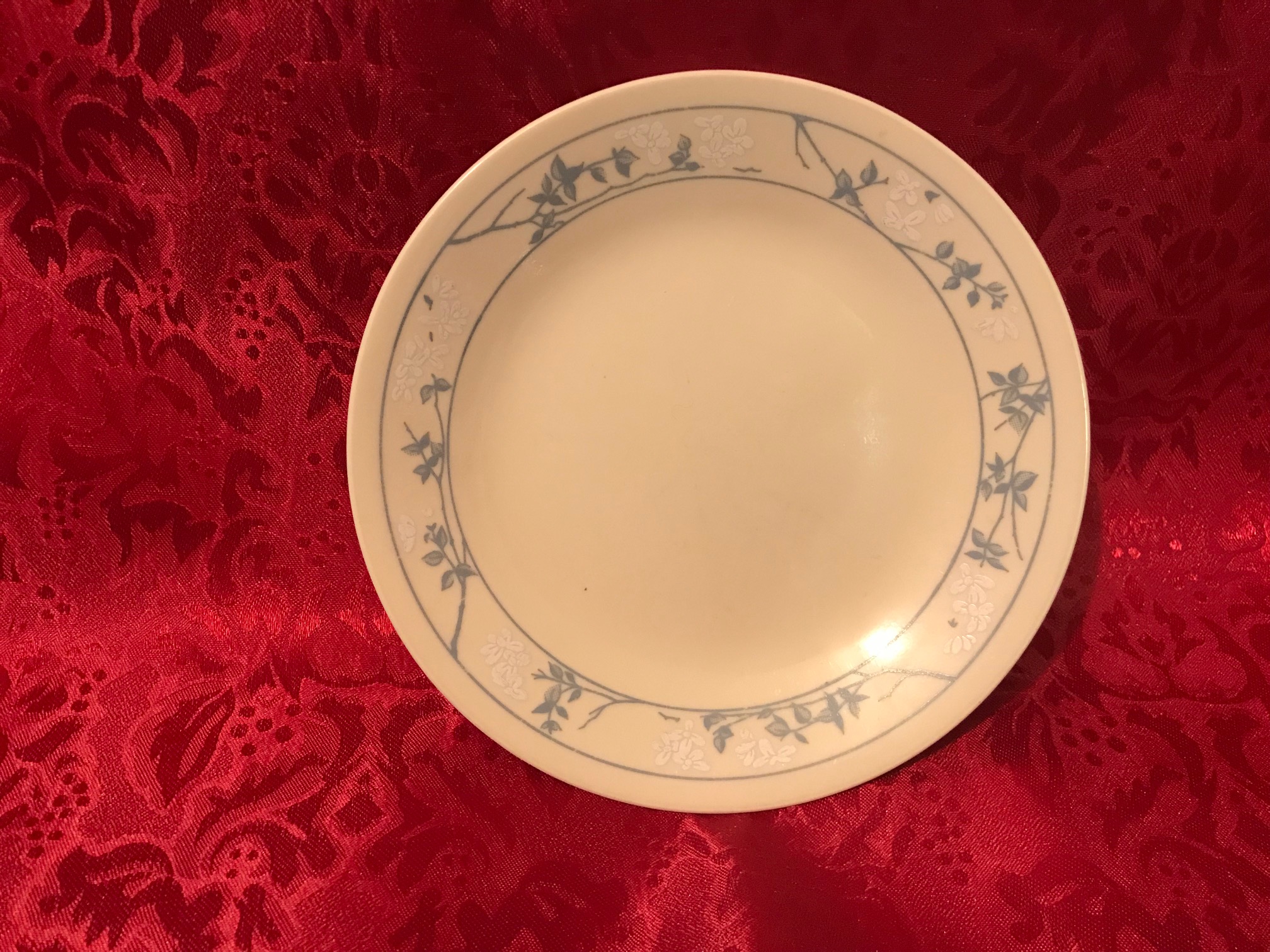
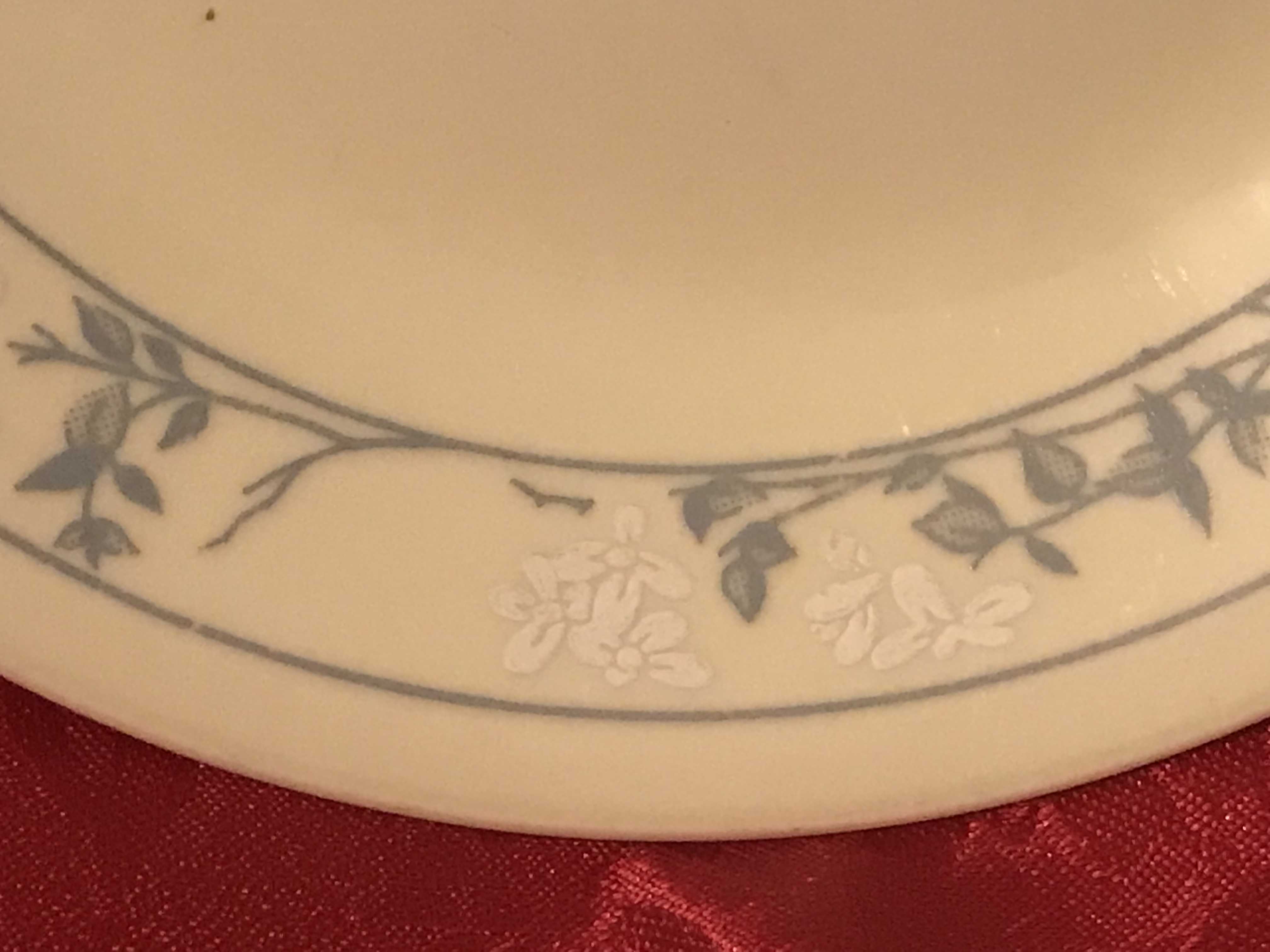
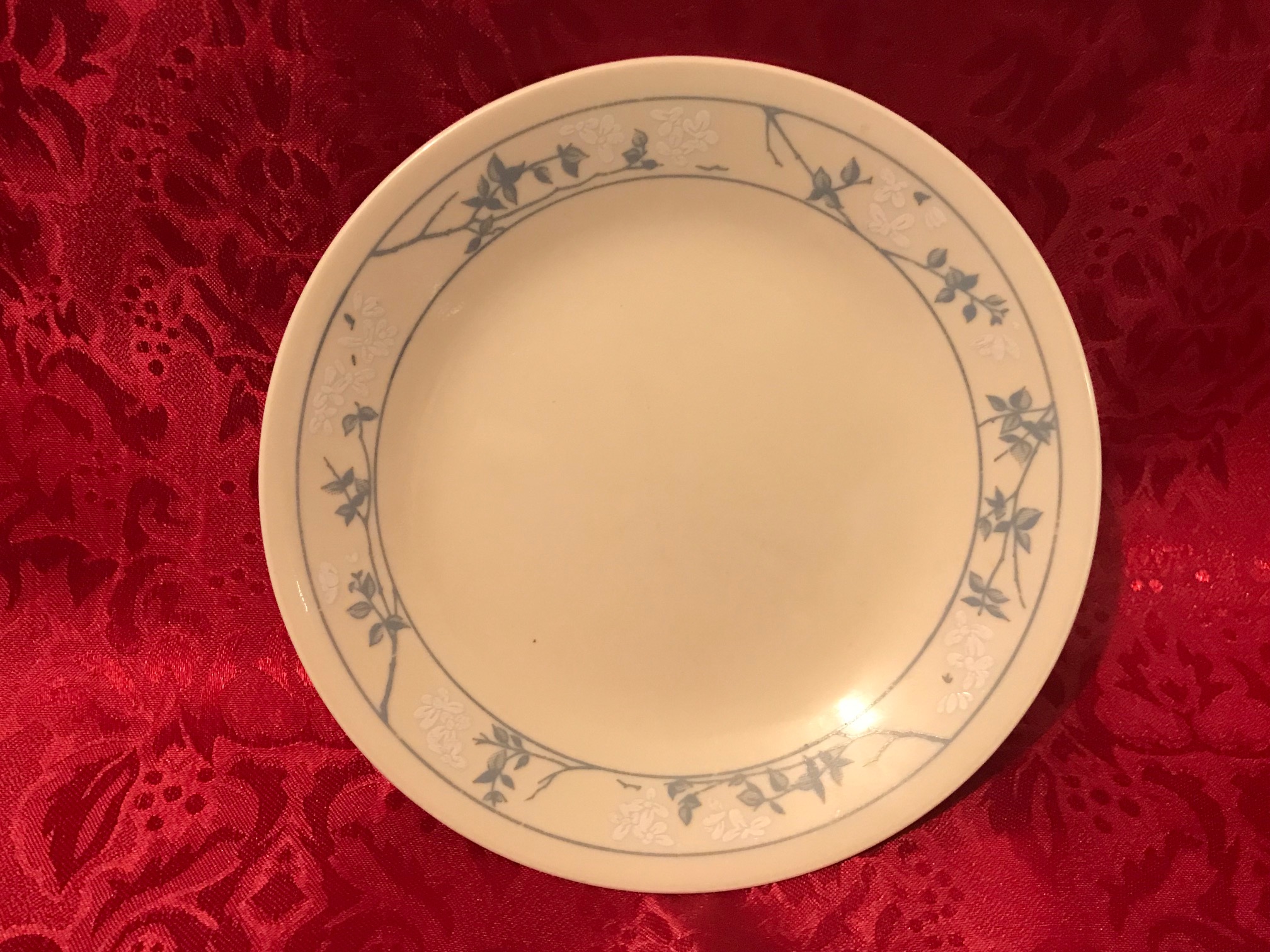


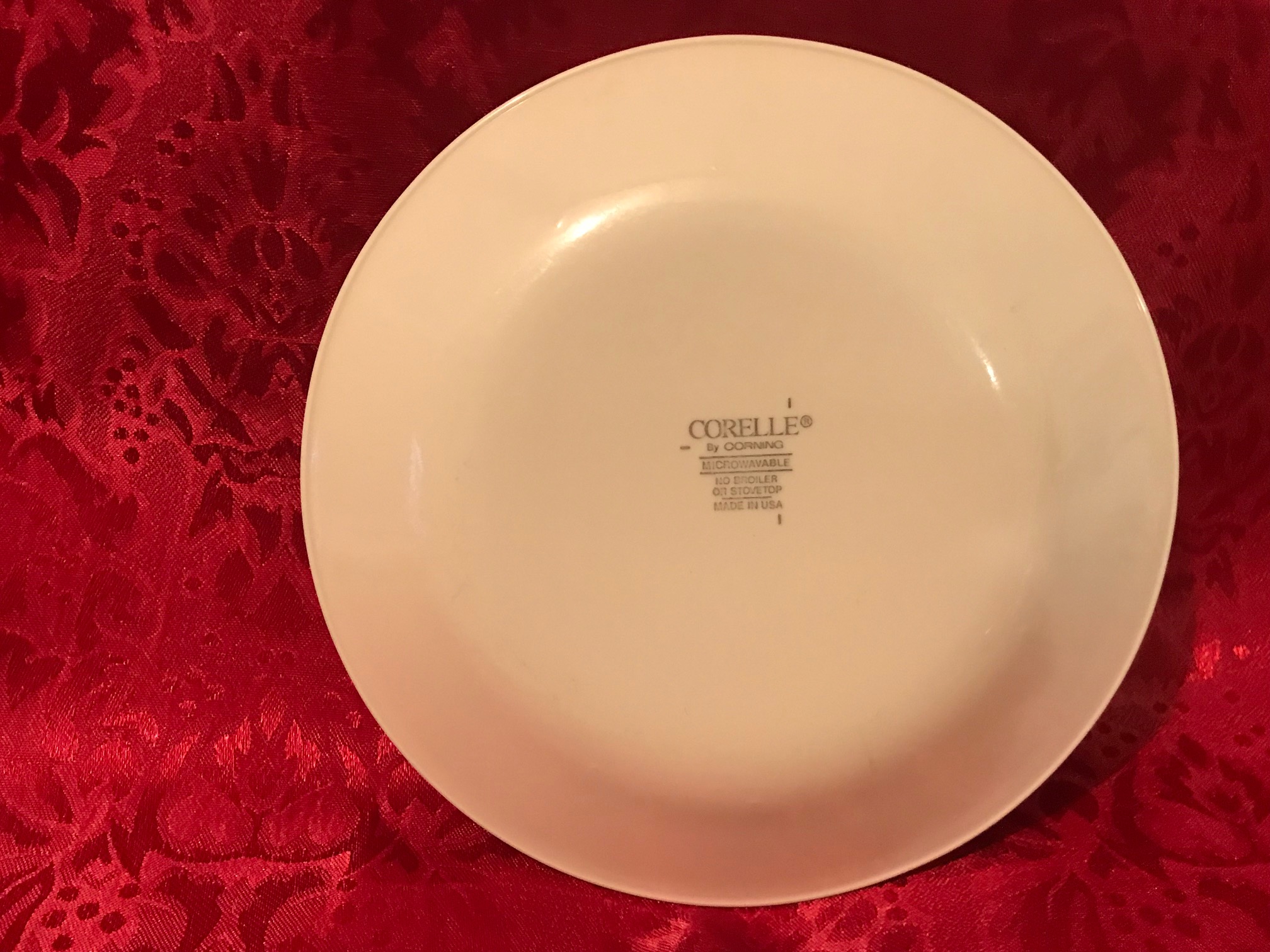
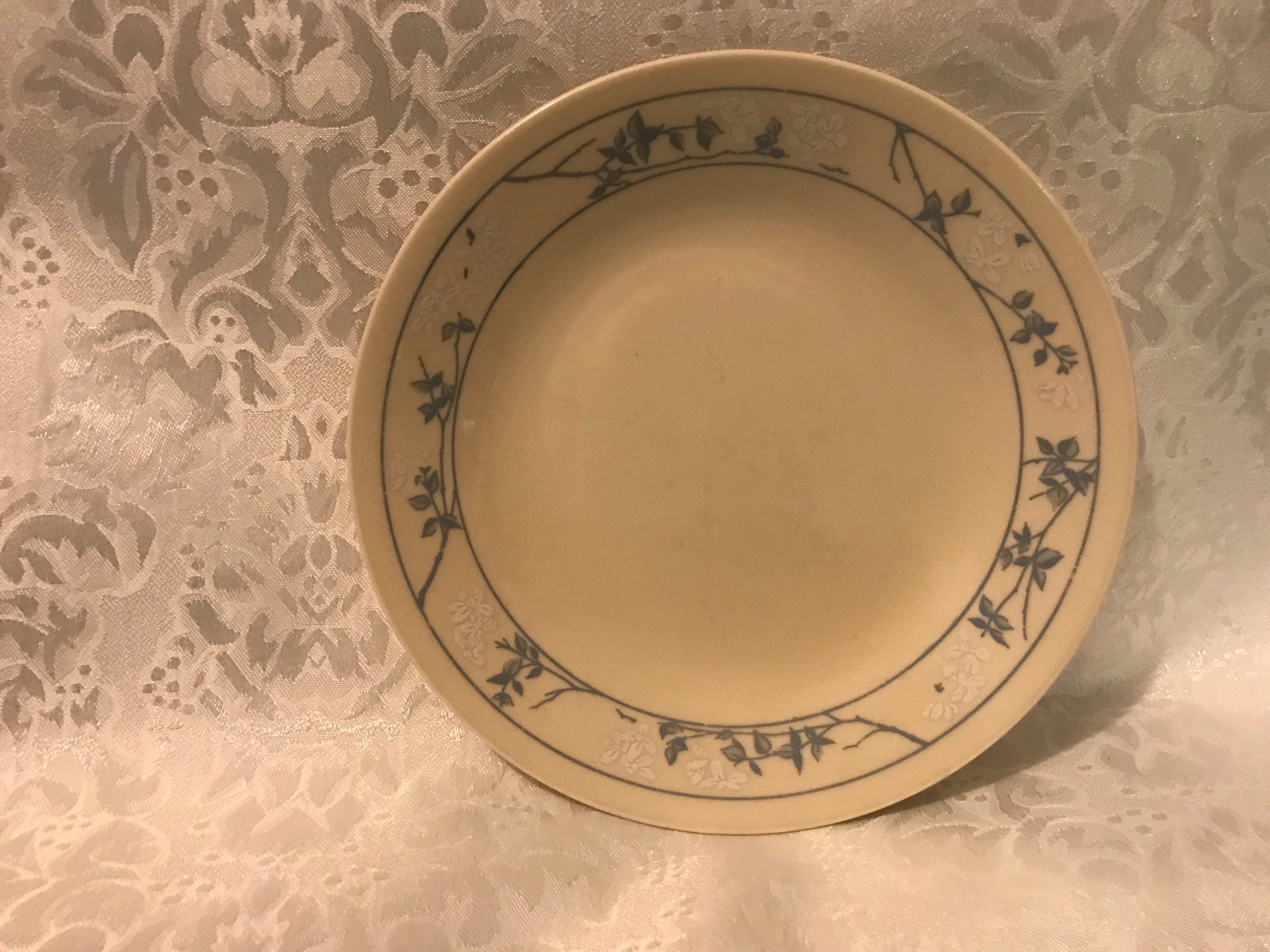
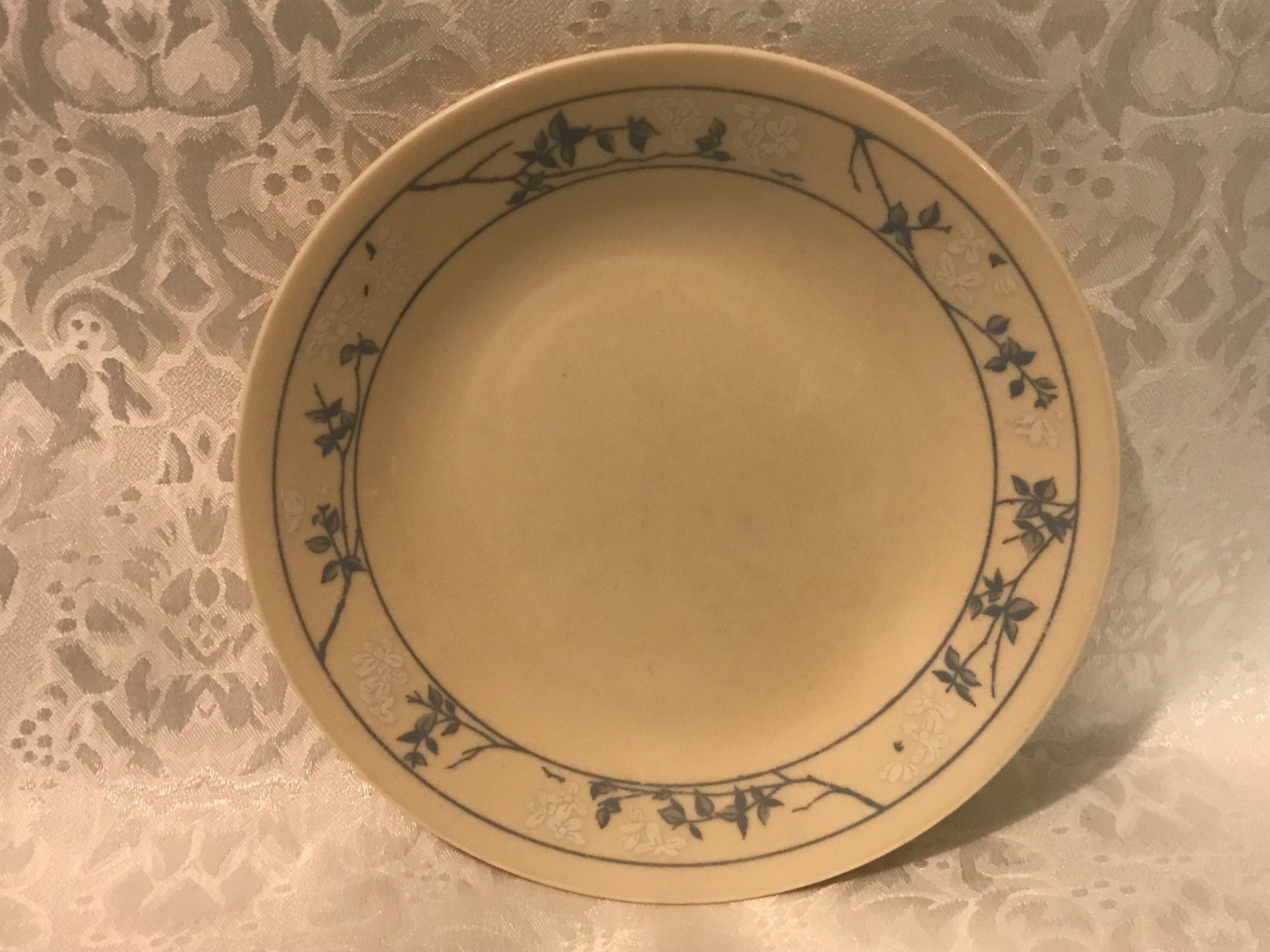

I have used these dishes since 1995. Would you consider them safe for use? It seems like they have low lead but some other metals are higher and you don’t list the limits here. Thanks for all your work!
I also use these everyday, including in the microwave. Are they safe or do I need to toss them? I have many health issues. Not sure if anything could be attributed to these. I don’t see a reply to the question about the limits of the other metals.
Thank you so much!!
I have also been using these dishes since 1995. Seems the lead is coming from the back logo more than the front. Would you deem these safe for use.
Thanks!
The pattern is “First of Spring” if that helps people look for it.
Thank you!
Did you test the matching cups as well? Should I discard them and purchase all white mugs or would they be safe to use. I bought them in the 80’s. Thank you.
Where in the plate is the lead?
How does it come onto food?
If it comes off onto food, what ppm is it at on the food?
John
From the data above, it looks like the “high” lead levels are only in the white flowers on the edge and in the logo on the back.
I have also used these dishes since 1995. Would you consider them safe for use? It seems like they have low lead but some other metals are higher and you don’t list the limits here. Thanks for all your work
Hi Tamara,
Thanks for caring about the welfare of others. You are very kind.
I have the Corelle Blue Lily pattern shown in the following website:
https://www.etsy.com/ca/listing/841210576/discontinued-corelle-dinnerware-blue
It is off-white coloured plates with blue flowers on one side. The bowls are off-white with a blue line on the rim.
My pattern is similar to the one in your post above, except without the white flowers. Can you please let me know the lead and cadmium levels in my pattern? Is it safe to use? Are the levels the same as the pattern above, except for the white flower ratings?
Thanks for your help.
Sue.
I would also be very interested if you test Blue Lilies.
does blue lily have lead?
What about blue ring on bowls?
thanks
Jacque
Another inquiry regarding Blue Lily, I can’t find any information about this particular pattern.
Thanks you!!!